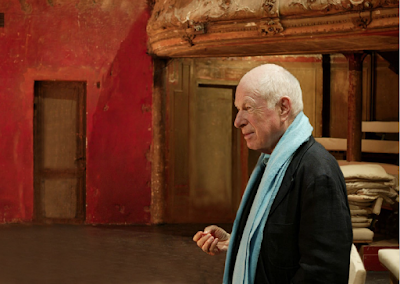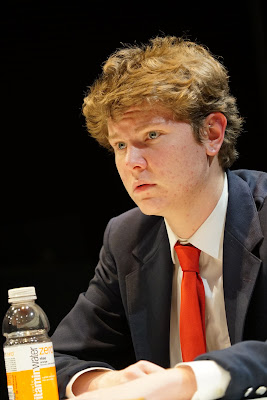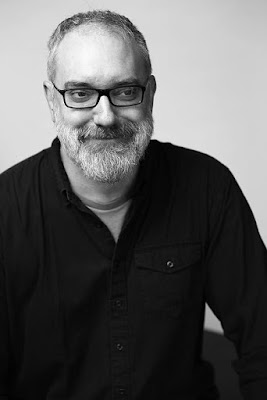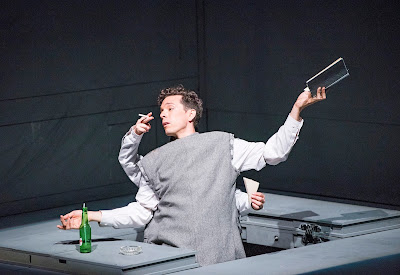Simplicity Onstage: Peter Brook on Battlefield

By Michael Paller Here is a short section of my interview with legendary director Peter Brook, whose Battlefield is currently running at The Geary Theater through May 21. I saw Battlefield in Paris in 2015. It struck me that the simplicity of the production was greater than that of The Suit , or before that Tierno Bokar (2004), let alone The Mahabharata or The Cherry Orchard . Here you have four actors, simple costumes that don’t belong to any specific historical period, and a few props, all supported by beautiful lighting and a drummer, Toshi Tsuchitori. What are you searching for in this lifelong journey of honing down? Director Peter Brook. © Ernesto Rodriguez. You mustn’t try to make me into a philosopher with theories. It’s just the opposite. I’ve always said that I’m not an artist, I’m an artisan, which means that—like all artisans, from bakers to shoemakers to weavers—I try to do my trade better, which can be judged by simple criteria anyone can recogni...







